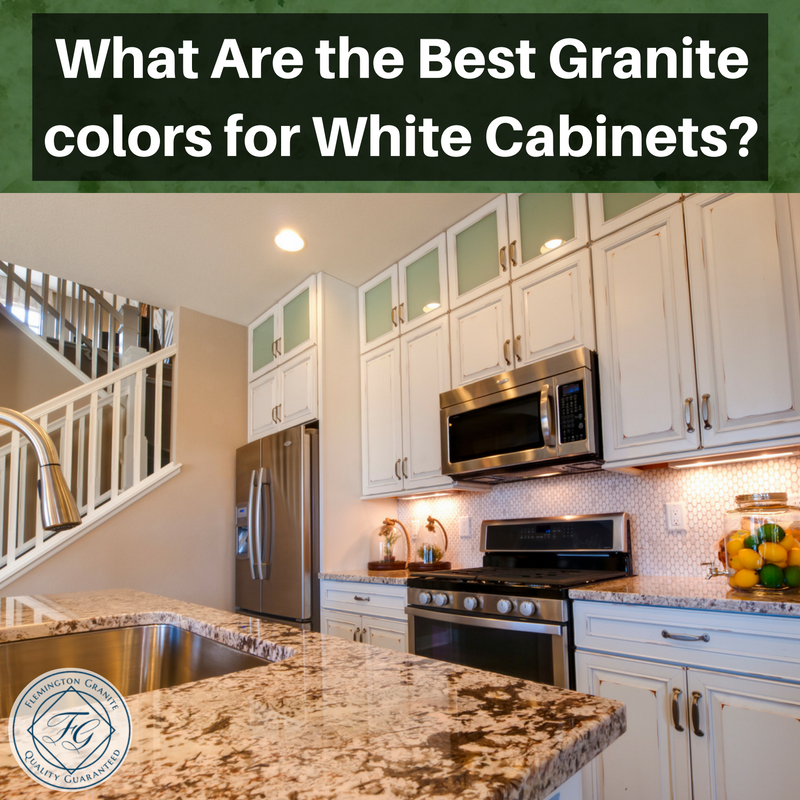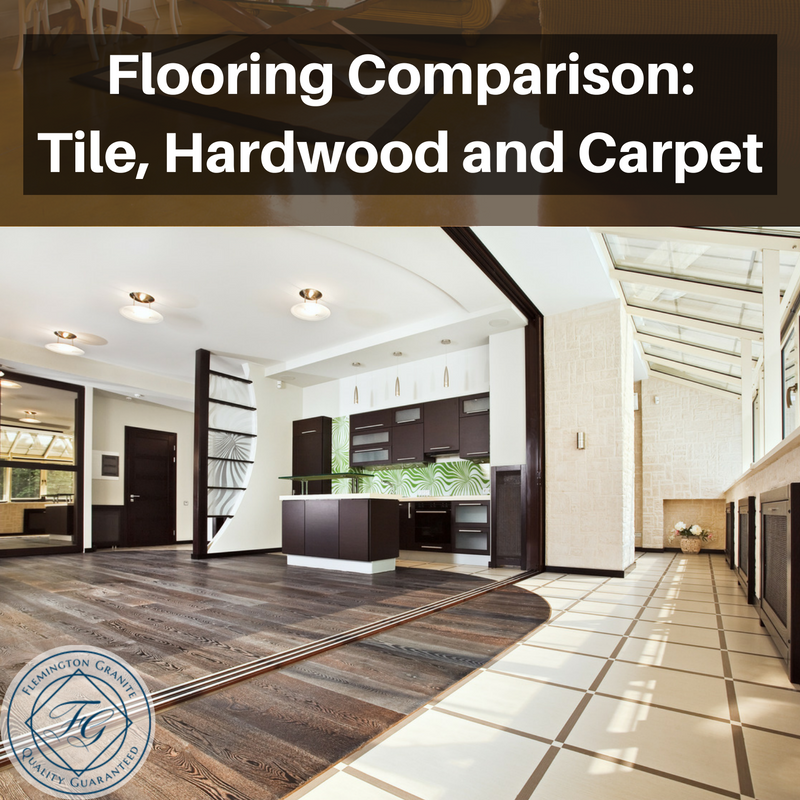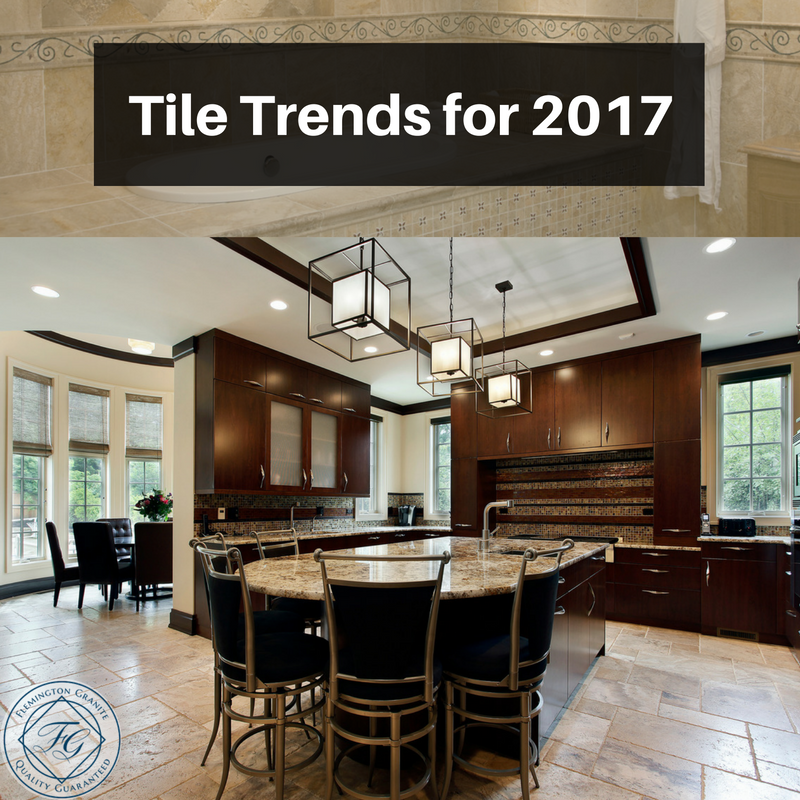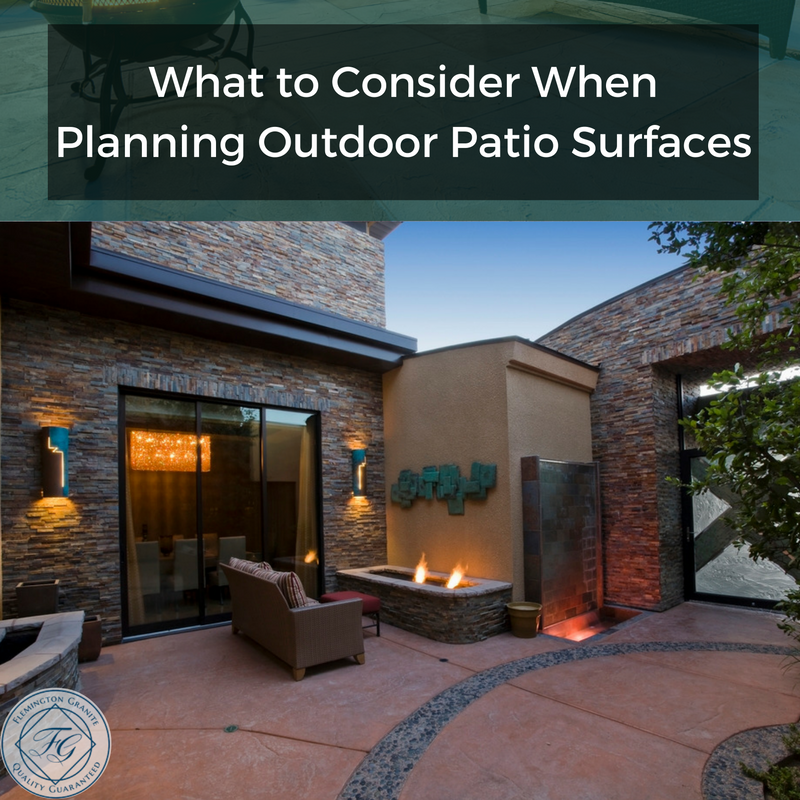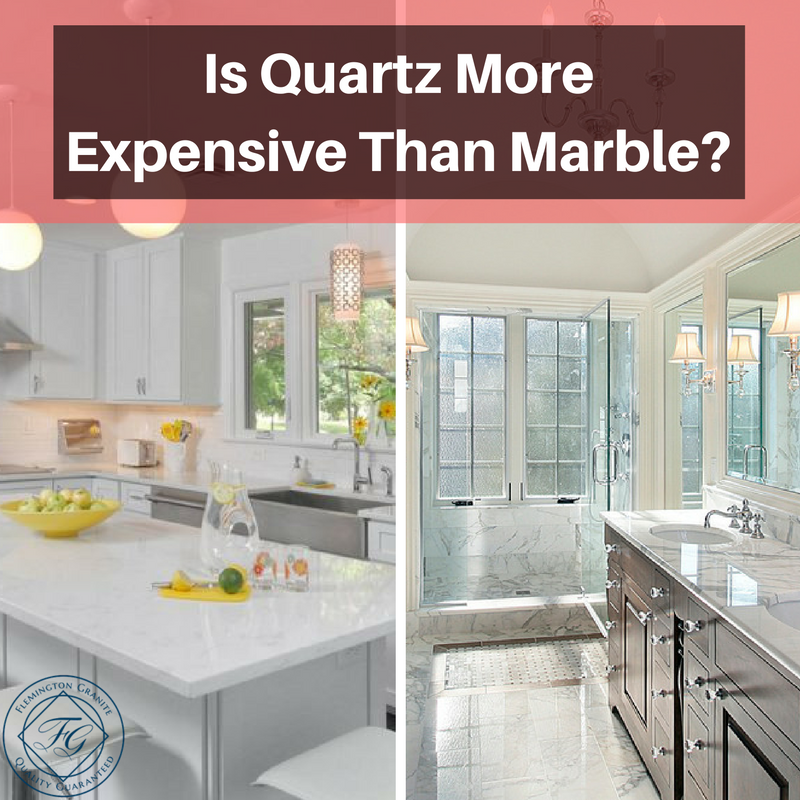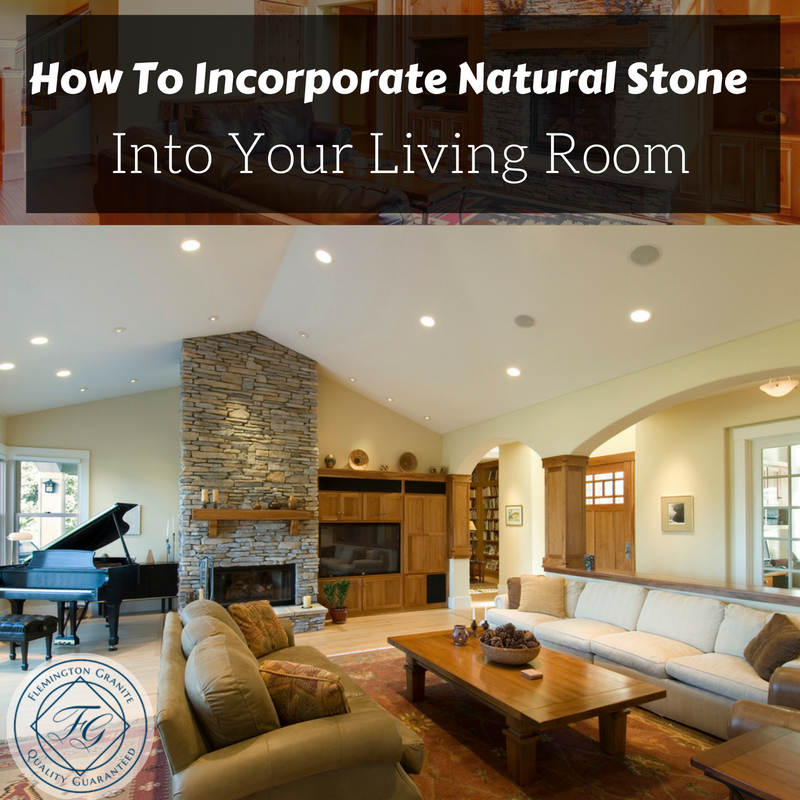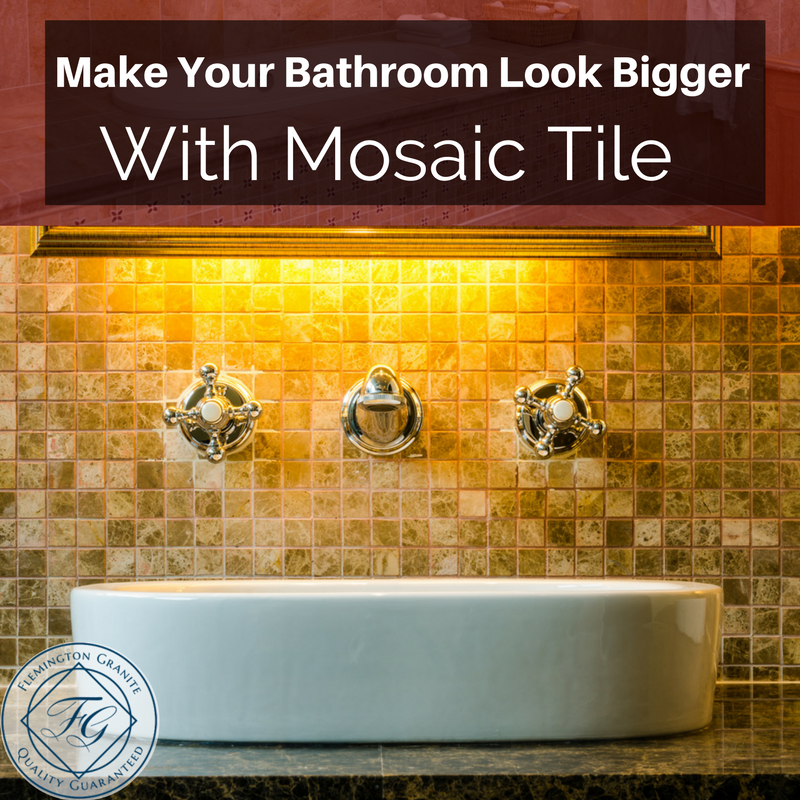One of the most popular countertops today is granite whether the project is for residential or commercial purposes. Granite is versatile, durable and stunningly beautiful. However, you may be unware of many of the benefits provided by granite. These are just ten important factors to remember when you are choosing countertops.
Beauty and Depth
There is no question that granite is beautiful and its beauty has been recognized since as far back as ancient Egypt. In addition, granite adds depth to your room due to the way natural light reflects on the surface. Because no two slabs of granite are the same, each section of your countertop can have a different look with a variety of specks, veining and swirling.
Increased Value
Although granite may not add a monetary value to your home, it is very appealing to buyers should you decide to sell. Granite is considered eco-friendly, something many homebuyers are seeking today. Although there are no statistics regarding the return-on-investment (ROI) related to granite countertops, most experts say that granite can help sell your home faster as it will be more appealing than other countertop products.
Durability
Granite countertops are the most durable of any other type of countertop. It is difficult to scratch or chip, unlike other types of stone countertops. Granite should be sealed professionally to extend the life of the countertop.
Anti-bacterial and Stain Resistant
Because granite is sealed, it is not porous. This means that anything spilled on the counter will not soak into it as it can with other types of countertop. This means granite resists bacteria and dirt better than other countertop surfaces. The sealer also helps the stone resist stains, although any spills should be wiped up quickly as a precaution.
Versatile
Granite can be cut in any shape desired. You can add ovals, squares, arches and curves using granite that may be impossible with other types of material. Granite can be cut in 90 or 45 degree angles and you can even add routered edges for additional decorative touches. In addition, you can mix granite with other types of countertop surfaces if you are on a tight budget. Add granite to your kitchen island and laminate throughout the room or select remnants, mixing them with tile or other surfaces in order to reduce the cost.
Heat Resistant
You can place a pan taken from the stove directly on a granite countertop with no concern about scorching or melting. Roasting pans, toaster ovens, even frying pans can be moved from stove to counter without leaving marks as could happen with other types of countertop.
Earth Friendly
Because granite is made from natural stone, it is an Earth-friendly option for your countertops. Like gemstones which are not lustrous when they are pulled from the ground, granite is polished to a brilliant sheen, providing a natural look to any kitchen.
Easy to Repair
Unlike other types of stone, granite is easier to repair should it be damaged during regular use. A dropped pan or an errant knife stroke could scratch, chip or crack the granite. A professional granite company can repair the damage with a special compound.
Flat Surface
Bakers understand the need for a flat surface when they are cooking. Rolling out dough or kneading bread is much easier if the surface is smooth and flat. Granite is perfectly smooth and flat, providing the perfect workspace in your kitchen. Because granite is also cool to the touch, making candy and rolling dough goes much more smoothly.
Indoor and Outdoor Use
Although granite looks beautiful inside your home, it is also perfect for an outdoor kitchen or living area. Granite will not suffer damage from rain, snow, ice or extreme heat. It is important to let your retailer know if you will use the granite outdoors, however, as you may need granite of a certain thickness.
Granite is one of the most popular surfaces in countertops today, but it can also be used in floors and wall coverings, something many people may not know. Contact us today to learn more about granite and how it can add elegance to your next project.







